DEVELOPMENT
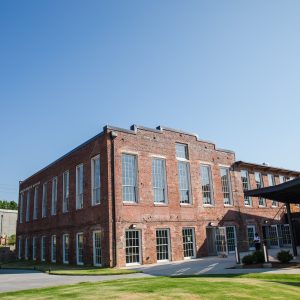
Charlotte’s torn down a lot of old buildings. But one type has staying power.
Breweries, apartments, hip food halls, creative offices, coworking spaces: Charlotte developers keep finding new uses for the city’s old mills. As a post-war, Sunbelt boomtown, Charlotte has garnered a reputation for tearing down its old buildings and replacing them with sterile plaques to make way for the city’s glittering new skyline. But while many once-grand […]
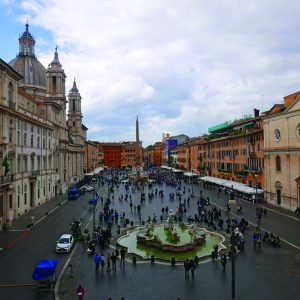
Why do old places matter? A Mecklenburg native explores the question.
Reading the essays in Tom Mayes’ book, Why Old Places Matter: How Historic Places Affect Our Identity and Well-Being, one comes away with the sense that he’s not only seeking to understand the innate pull of old places that compels us to protect our historic fabric, but also appealing to a new generation of preservationists […]

(Almost) everything you ever wanted to know about TOD but were afraid to ask
Since Charlotte City Council approved TOD Article 15 – the new Transit Oriented Development ordinance – last April, land use consultants, architects, real estate attorneys and other insiders have had ample opportunity to sort out these new rules. As for laypersons, gleaning what they need to know from TOD’s eighty-one page assemblage of definitions, rules, […]
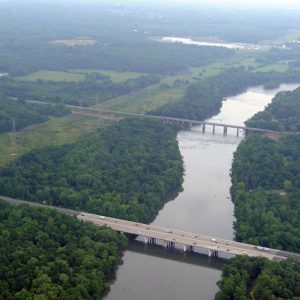
Why isn’t Charlotte built on the water?
After visiting a city with a waterfront, maybe stopping for a drink and a bite to eat along whichever river or ocean it’s built along, I’m usually left with one overriding thought: “Wow, Charlotte could really use some of this.” Water plays a prominent role in the design and history of most cities, whether it be a river, bay or ocean. And Charlotte’s skyline and downtown sit tantalizingly close-but-yet-so-far from a major river and lake system. So, the question looms: Why isn’t Charlotte built on the water?
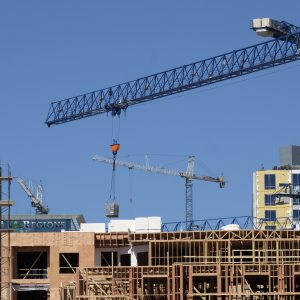
Turning to a board game for insights on planning Charlotte’s growth
What can a board game – especially a wonky, policy-oriented board game – teach us about how Charlotte should grow over the next two decades? Local officials are hoping the answer is quite a lot. As work on the Charlotte Future 2040 Comprehensive Plan rolls on, and city officials rework the rules governing development into […]
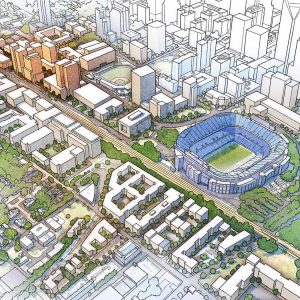
Charlotte loves visions. Here are some of the biggest on the drawing board.
If planners, developers and other leaders in Charlotte have a favorite word, it might just be “vision.”
In a city defined by its growth, local leaders aren’t shy about throwing the word around,. and there are plenty of visions being promoted in Charlotte at any one time. Visions, of course, don’t always become reality – and if they do, they often take far longer than the original planners imagined, and mutate from their original form. But visions can also set the stage for development patterns that persist for generations.
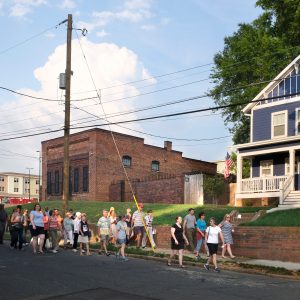
Want to know why developers are embracing walkable urbanism? Follow the money.
Charlotte’s suburbs are starting to look more like urban areas, and a new study is pointing to the value to be gained from promoting walkable, transit-connected, urban-style growth. Real estate experts have said they’re responding to market pressure: Businesses, workers and residents want to get from home to work to dinner without spending big chunks of their day in a car, and suburban-style developments that cater exclusively to drivers no longer cut it.

Should Charlotte’s “brand” emerge organically or be something aspirational?
Common rush (Juncus effusus) is often used in riparian restoration projects. It provides cover for wildlife and helps stabilize soil and filter stormwater runoff, and it can be found throughout the Uwharries. Jim Matthews, professor emeritus at UNC Charlotte and founder of Habitat Assessment and Restoration Professionals, calls it the “Cadillac of wetland plants” because it can grow in standing water but also tolerate dry spells.
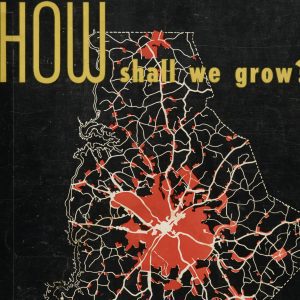
How should Charlotte grow? Decades-old study points to some lessons worth remembering.
“How shall we grow?” That question was the dramatic title of a 1955 report examining the Charlotte region’s breakneck growth (Almost 200,000 residents and 75,000 cars in the county!) and looming challenges. Confronted with worsening traffic, inadequate transportation options, a lack of park space and the fear that growth was running away without a real, […]
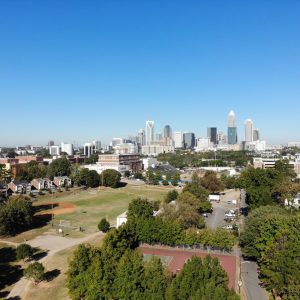
Charlotte 1979: Uptown was downtown, everyone wore a tie and the city hungered for ‘world-class’ status
One of people’s favorite pastimes in fast-growing Charlotte is to look back and marvel at how much has changed in so little time. Stephen Overcash, principal at Overcash Demmitt Architects, has worked in Charlotte for 40 years, a time in which the city’s population nearly tripled, skyscrapers shot up in parking lots and downtown became […]